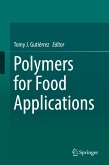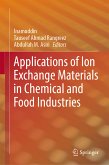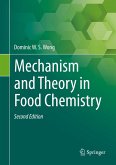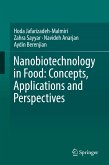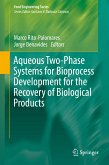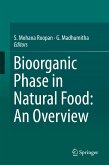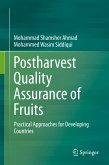Kinetic Analysis of Food Systems pursues a practical approach to kinetic analysis, providing helpful exercises involving chlorophyll degradation in processed vegetables, metabolic oscillations and sugar accumulation in cold-stored potatoes, transesterification of oils to manufacture biodiesel, aggregation of whey proteins to make protein gels and crystallization of fat stabilizers used in nut butters, among others. The book lays out the basics of kinetic modelling and develops several new models for the study of these complex systems. Taken together with the accompanying exercises, they offer a full portrait of kinetic analysis, from its basic scientific groundwork to its application.
Dieser Download kann aus rechtlichen Gründen nur mit Rechnungsadresse in A, B, BG, CY, CZ, D, DK, EW, E, FIN, F, GR, HR, H, IRL, I, LT, L, LR, M, NL, PL, P, R, S, SLO, SK ausgeliefert werden.



